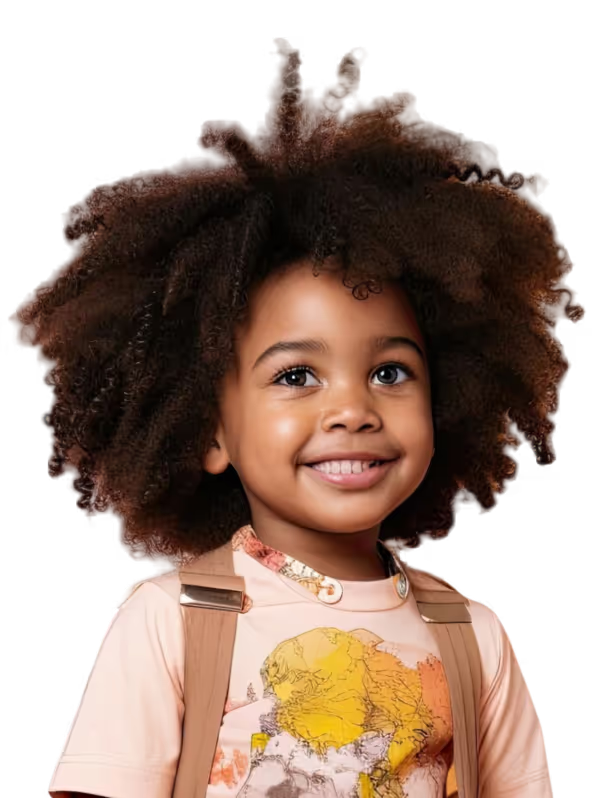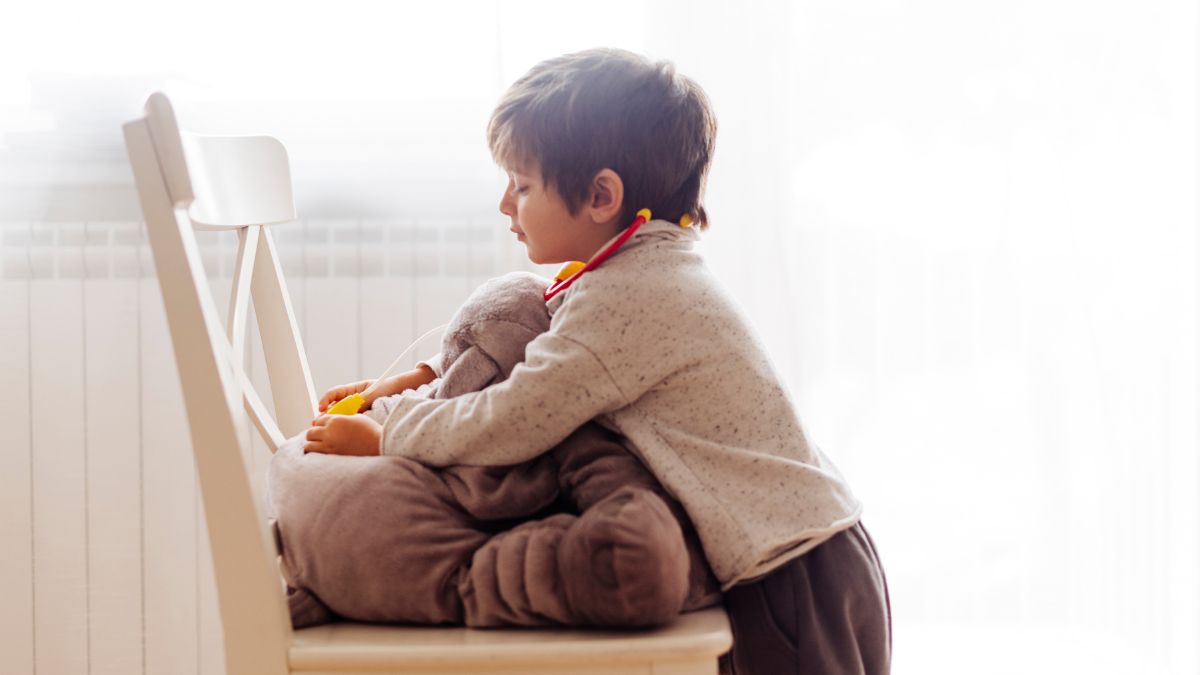Autism Teacher Resources: Strategies, Activities, and Tools

Key Points:
- Autism teacher resources must support both structure and flexibility to meet diverse student needs.
- Effective classroom strategies include visual supports, sensory-friendly practices, and consistent routines.
- Collaboration between parents and professionals can enhance success, and ABA therapy remains a key tool for long-term development.
There’s a moment every parent remembers—the first time their child lights up from a new connection, a tiny breakthrough that feels like a big win. For children with autism, these wins might look different, but they’re just as meaningful. And behind many of them? Thoughtful strategies, engaging activities, and dedicated educators working with the right tools.
Do Autism Teacher Resources Really Make A Difference?
Yes, the right autism teacher resources can make an enormous difference in a child’s learning journey. Whether at home, in a classroom, or through specialized therapies, children with autism thrive when they’re supported by consistent, well-planned resources tailored to their unique needs. From visual schedules to sensory-friendly classrooms, the structure these tools offer can transform overwhelming moments into manageable ones.
For parents seeking direction or teachers building inclusive classrooms, autism teacher resources offer a critical bridge between challenges and progress. These aren’t just “extras”—they’re essentials for building understanding, trust, and measurable learning outcomes.
Understanding The Spectrum: Why One Size Doesn't Fit All
Every child on the autism spectrum is different. Some are highly verbal and crave social interaction, while others may be non-speaking and find comfort in repetitive play. This diversity means autism teacher resources must be versatile, individualized, and rooted in both empathy and research.
Teachers and parents should avoid comparing progress from one child to another. Instead, the goal is growth within each child’s personal path. Resources should match where a child is, not where others think they should be.
Core Strategies That Truly Help
There are several foundational strategies that form the backbone of most effective autism resources. These approaches help children feel safe, supported, and more in control of their learning environment.
1. Establish Clear Routines
Predictability is powerful. Children with autism often experience anxiety when things feel out of order. Having a daily routine—visualized in pictures or symbols—can reduce stress and improve transitions.
Tip: Use a visual schedule with simple icons or real photos. Update it consistently, and give a 5-minute warning before changes.
2. Use Visual Supports
Visual learning tools are among the most effective autism teacher resources. These can include charts, cue cards, first-then boards, and emotion wheels. Visuals can support communication, guide behavior, and simplify instructions.
3. Incorporate Sensory Supports
Sensory processing differences are common in children with autism. Some may be hypersensitive to sound or texture, while others seek deep pressure or movement.
Here’s how you can help:
- Offer noise-canceling headphones in loud settings.
- Include fidget tools or textured mats.
- Create a quiet corner with soft lighting and calming visuals.
4. Positive Reinforcement
Consistent praise and rewards for desired behaviors can help reinforce them over time. The key is finding what matters to the child—whether that’s a favorite toy, sticker, or just enthusiastic verbal praise.

Activities That Promote Learning And Engagement
Children on the autism spectrum often respond best to hands-on, meaningful activities that are broken into manageable steps. Below are some popular and effective options:
Language and Communication Activities
These activities are designed to boost both receptive and expressive language skills:
- Picture exchange games: Help non-verbal children request items.
- Story sequencing cards: Build narrative and comprehension skills.
- Emotion charades: Teach facial expressions and emotional vocabulary.
Social Skills Development
Helping kids connect and understand social rules can be
a joyful, gradual process. Try these:
- Role-playing games: Practice turn-taking, greetings, and common scenarios.
- Social stories: Simple, personalized stories about events like going to the doctor or joining a birthday party.
- Group board games: Encourage waiting, cooperation, and coping with losing.
Sensory Play and Regulation
To support self-regulation and focus, try incorporating these calming or stimulating activities:
- Water beads or kinetic sand: Great for tactile exploration.
- Obstacle courses: Help with motor planning and body awareness.
- Yoga for kids: Enhances mindfulness and self-control.

Parent-Teacher Collaboration: A Powerful Partnership for Autism Learning
Behind every successful learning plan for a child with autism is a strong, ongoing relationship between parents and teachers. This partnership ensures consistency, builds trust, and allows everyone involved to support the child with shared goals and insight.
Here are some meaningful ways parents can foster this collaboration:
- Share helpful information: Let teachers know what calms your child, what motivates them, and what might trigger distress.
- Be transparent about routines at home: When home and school routines align, children adjust more smoothly.
- Ask about classroom tools: Find out what visuals or strategies are used so you can reinforce them at home.
- Set up regular check-ins: Schedule brief meetings, phone calls, or use a communication notebook to stay in sync.
- Celebrate small wins together: Recognizing progress strengthens the relationship and encourages continued teamwork.
When To Consider ABA Therapy
While classroom tools and home strategies provide daily support, some children benefit from more structured, individualized interventions. Applied Behavior Analysis (ABA) therapy is a well-researched approach that helps children with autism learn useful skills in a systematic, step-by-step way.
ABA can work alongside classroom strategies or fill in gaps when progress stalls. It’s especially effective in teaching communication, life skills, and managing behavior.
Want More Support? Work With Professionals Who Understand
At Achieve Better ABA, we specialize in one thing: helping children thrive through ABA therapy. Our team works with families across North Carolina to develop meaningful, personalized programs that meet each child where they are—and guide them forward.
If you’ve tried resources and strategies but feel like your child needs more structured, individualized help, we invite you to reach out. ABA therapy in North Carolina is more than a treatment plan—it’s a chance to build confidence, skills, and brighter days ahead.
Let’s work together to unlock your child’s potential. Contact us today to learn more and take the next step!
Similar articles
Contact us today to learn more.




.jpg)

.jpg)





